VOLTAGE TESTER
• CE approved
• Neon bulb
• Test Voltage:AC 100-500V
• Packing: plastic hanger with color label
| STOCK NO. |
SIZE |
QTY./CARTON |
| 38114 |
3x140mm |
480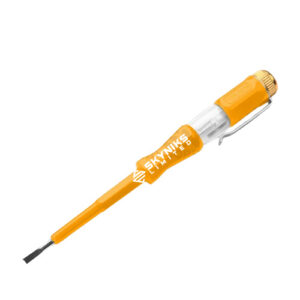 |
A voltage tester is a tool used to detect the presence or absence of voltage in an electrical circuit. There are two main types of voltage testers:
- Non-contact voltage testers: These testers, also sometimes called voltage detectors or “tick tracers”, can detect the presence of voltage without physically touching the conductor. They typically use a sensor that picks up on the electric field around a live wire.
- Contact voltage testers: These testers require physical contact with the conductor to detect voltage. They work by completing a circuit through the tester and the user (usually via their hand), and illuminating a light or sounding a beep to indicate voltage is present.
Here’s a breakdown of the two main types of voltage testers, their pros and cons, and safety precautions to consider when using them.
Non-Contact Voltage Testers:
- Pros:
- Safer than contact testers since you don’t need to physically touch the wire.
- Can sometimes detect live wires through walls (depending on the tester and wall material).
- Easier and faster to use for preliminary checks.
- Cons:
- Not as accurate as contact testers, especially for low voltage.
- May give false positive readings due to stray electrical fields or improper use.
- Typically cannot determine the type of current (AC or DC) or the voltage level.
Contact Voltage Testers:
- Pros:
- Generally more accurate than non-contact testers.
- Can often determine the type of current (AC or DC) and voltage level.
- More reliable for confirming the presence of voltage.
- Cons:
- Requires physical contact with the wire, which can be dangerous if not done properly.
- Not suitable for detecting live wires through walls.
Safety Precautions:
- Never rely solely on a voltage tester to determine if a circuit is safe to work on. Always turn off the power and lockout/tagout the circuit before working on any electrical wiring.
- Use caution when using contact voltage testers. Only touch the test probes, not the metal shafts. Make sure your hands are dry and you are properly insulated from the ground.
- Test the voltage tester itself before each use on a known live circuit to verify it is functioning properly.
- Non-contact voltage testers should not be used as a substitute for a properly rated voltmeter to measure actual voltage levels.
When to Use Each Type of Tester:
- Non-contact voltage testers: These can be a useful tool for preliminary checks to detect the presence of voltage in a wire before making physical contact. However, due to their limitations, they should not be solely relied upon for safety purposes.
- Contact voltage testers: These are a more reliable way to confirm the presence of voltage, especially for applications where accuracy is important. However, due to the safety risks involved, they should only be used with proper caution and electrical safety knowledge.
In addition to the above, here are some other things to consider when choosing a voltage tester:
- Features: Some testers have additional features such as flashlight or audible alarms.
- Voltage range: Choose a tester that can handle the voltage range you will be working with.
- Ease of use: Consider how easy the tester is to use and interpret the results.
Overall, voltage testers can be a valuable tool for electricians and homeowners alike, but it’s important to understand their limitations and use them safely. They should not be used as a substitute for proper electrical training and safe work practices.



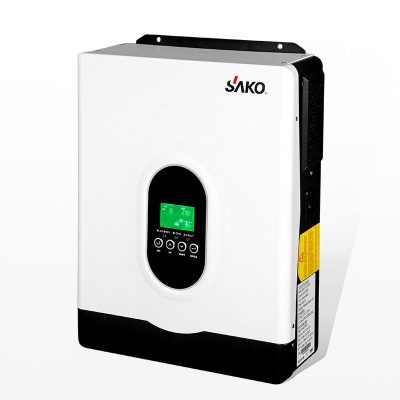
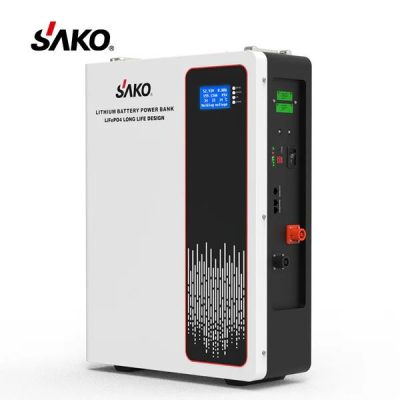

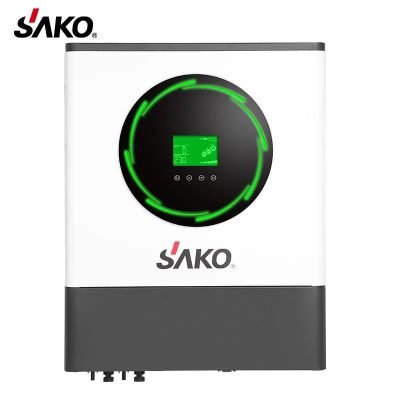
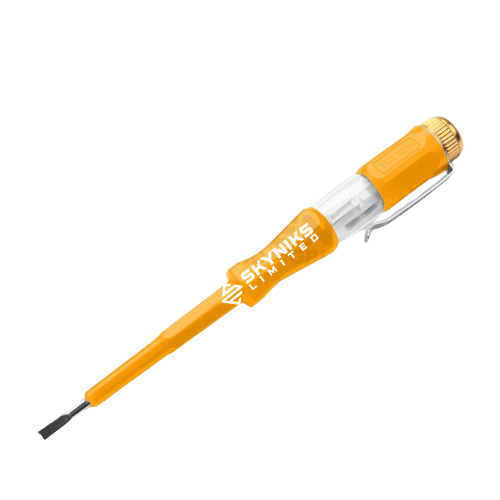

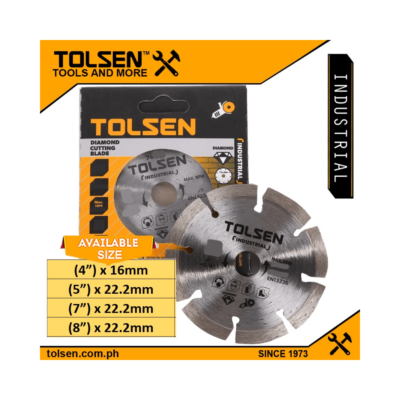



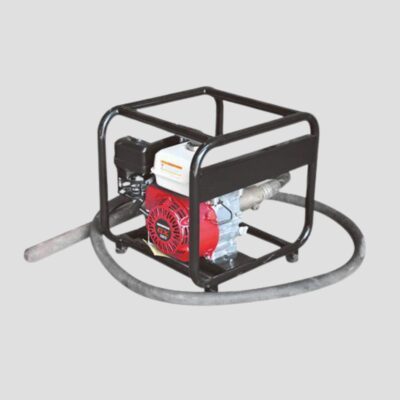
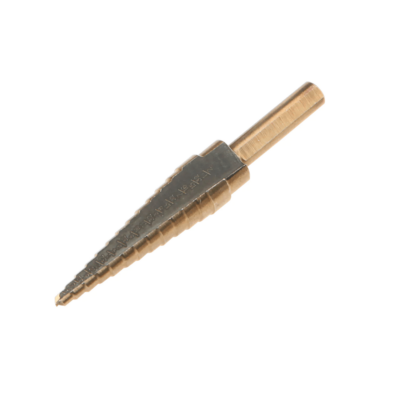
Reviews
There are no reviews yet.